Celebrated Paris brothel Aux Belle Poules returns in new light
For the first time in 70 years, the painted ladies at 1920s Parisian brothel Aux Belles Poules will make a triumphant return, but not as we remember them
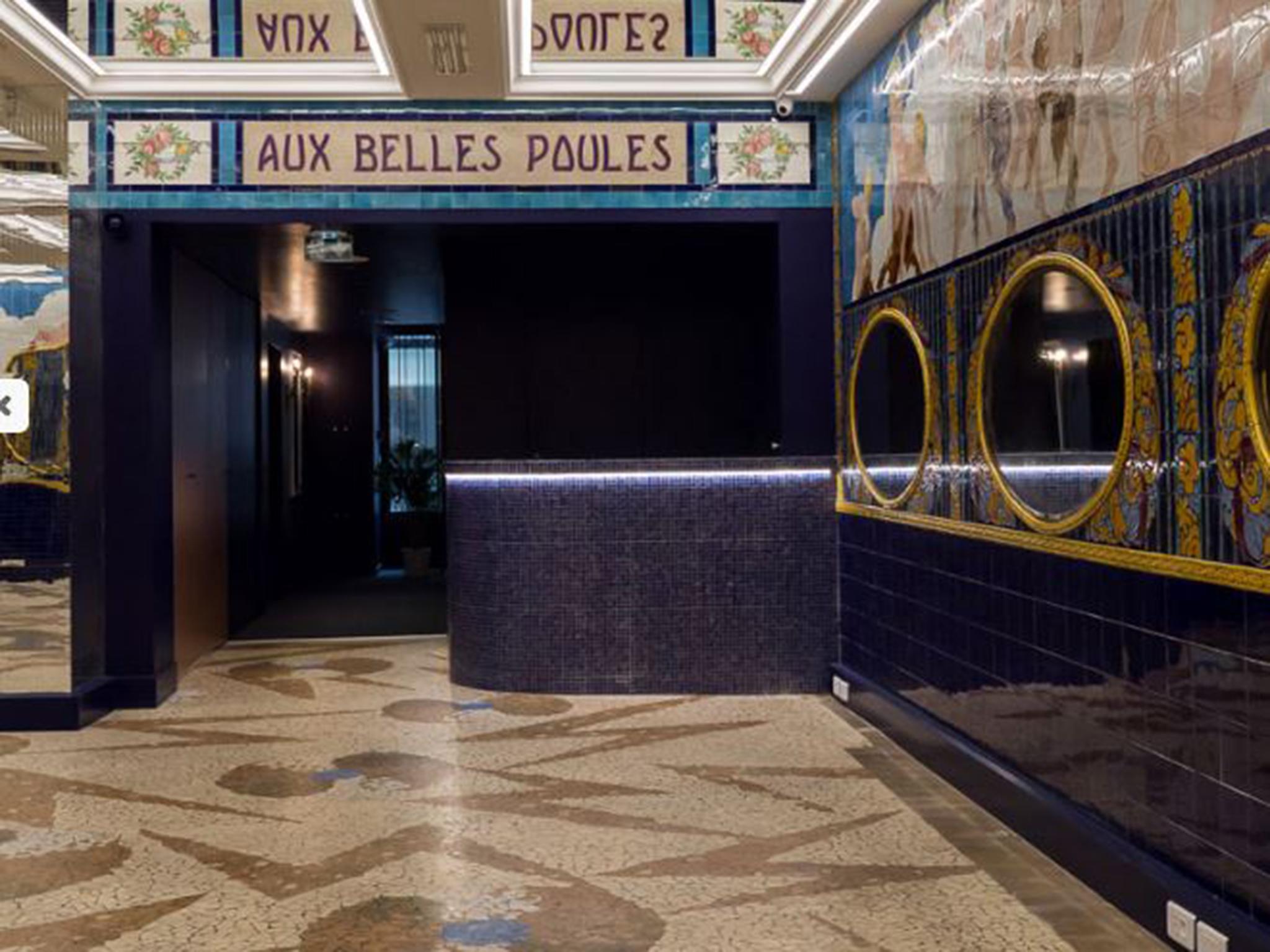
Your support helps us to tell the story
From reproductive rights to climate change to Big Tech, The Independent is on the ground when the story is developing. Whether it's investigating the financials of Elon Musk's pro-Trump PAC or producing our latest documentary, 'The A Word', which shines a light on the American women fighting for reproductive rights, we know how important it is to parse out the facts from the messaging.
At such a critical moment in US history, we need reporters on the ground. Your donation allows us to keep sending journalists to speak to both sides of the story.
The Independent is trusted by Americans across the entire political spectrum. And unlike many other quality news outlets, we choose not to lock Americans out of our reporting and analysis with paywalls. We believe quality journalism should be available to everyone, paid for by those who can afford it.
Your support makes all the difference.Off a dishevelled street whose questionable past seeps into its dingy present, a garish eruption from a buried era awaits the wary visitor.
Vivid greens, blues and browns on a long painted ceramic frieze mingle with one another, but above all with flesh: Flesh depicted in pinks, creams, and off-whites; flesh uncovered or uncovering; flesh flayed or fanned; flesh bestriding more flesh; flesh swaying, sagging or swooning.
This cavalcade of undressed ladies from the early 1920s is the city’s lone emissary from the vanished and once-thriving universe of the Parisian bordello. They are ironic, determined, weary, languorous, gazing out from half-closed eyes, unsubmissive.
The frieze at Aux Belles Poules – The Beautiful Hens – as the brothel at 32 Rue Blondel was called, is a unique survivor, protected by indifference, crude wooden boards, a Chinese emporium, a busy wholesale clothing business, and finally, in 1997, grudging admission to the adjunct historic monuments list.
Now, for the first time in nearly 70 years, the painted ladies at Aux Belles Poules are making a triumphant reappearance.
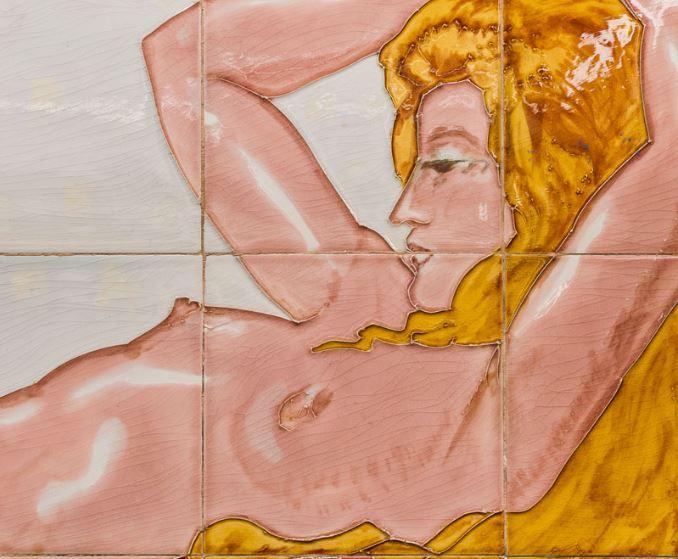
Caroline Senot, who inherited the property, is bringing the place back to life, though not in its original form. She intends to use the old brothel as an events space for readings, receptions and parties, enticing customers with the women in the frieze and offering a window into an unrecoverable past.
“We’re absolutely not about apologising for the exploitation of women,” she says as the women gaze down at her. “There’s this historic past that I’m fighting for.”
Of the 200-odd Paris brothels – licensed and inspected, luxurious and low down – flourishing by the mid-1930s, Aux Belles Poules is all that is left from an era when a prosperous sex business was well integrated into the life of Paris.
It was a middling establishment by the standards of a time when the Chabanais’ ornate Moorish Room competed with the One-Two-Two’s Ducal Room, for 30 francs a pass.
The basements of the fanciest had faux torture rooms equipped with whips and chains. There was even a special police unit whose business was to make sure the brothel-keepers kept their establishments clean and stocked with condoms and rubbing alcohol.
Senot’s father ran a sober computer-network maintenance business from the ex-brothel’s big ground-floor room, where many years before the elaborate “tableaux vivants” — or living pictures — amused ogling customers. A finely wrought art deco staircase, discreetly tucked in the back, led to the small upstairs rooms for clients.
The frieze, demurely covered with boards, awaited its deliverance, while Senot’s father dispatched computer technicians all over Paris.
The family knew of the building’s sultry past, all the more so because Aux Belles Poules’ spiritual descendants continued to exercise their trade up and down the Rue Blondel, in central Paris near the Porte Saint-Denis.
One day in 2014, with her father retiring and Senot wondering what came next, they decided to take the boards down.
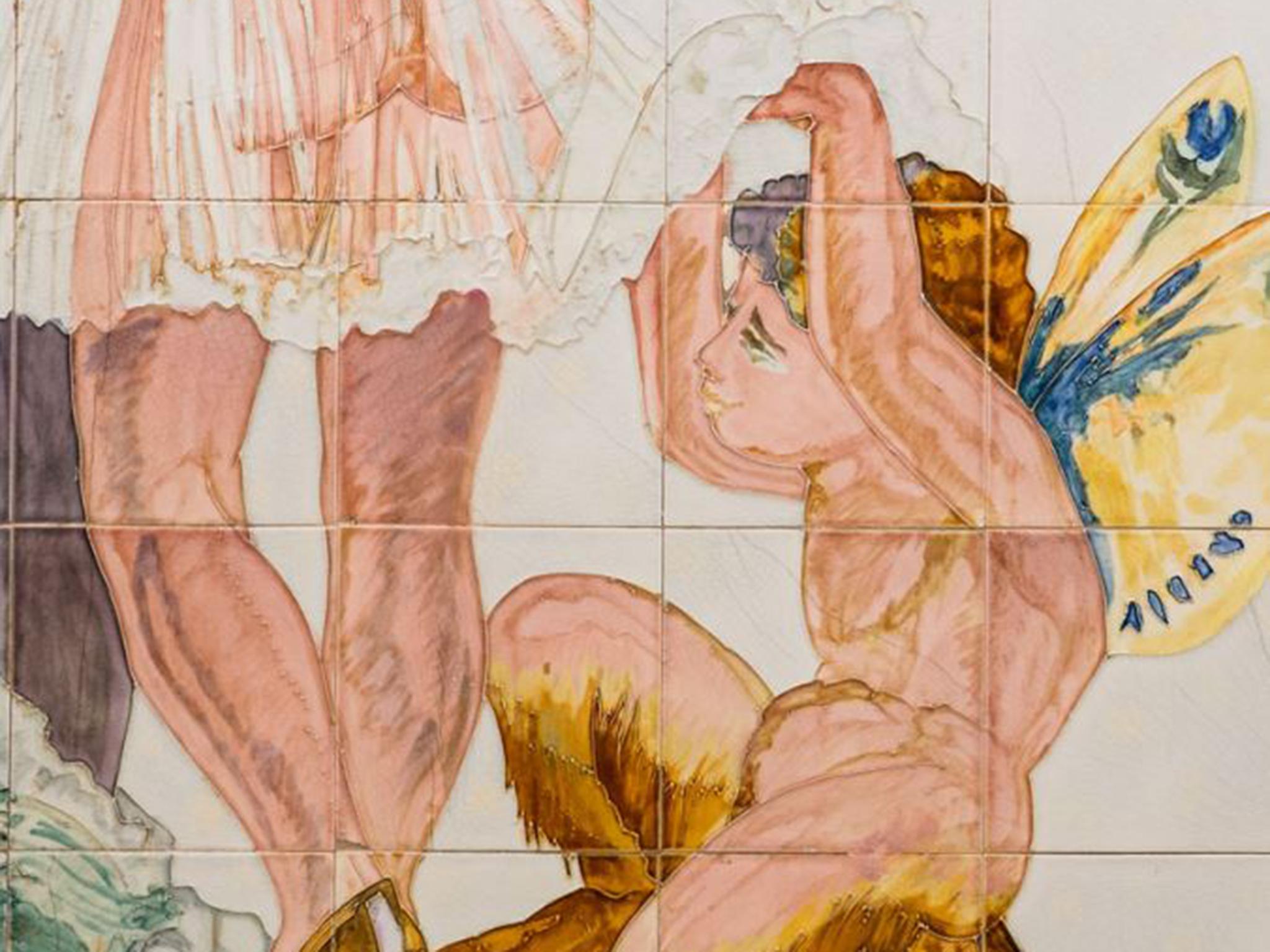
“It was like opening a Christmas present,” Senot says. “I was just jumping about everywhere. My jaw was, like, dropping. Every time a board came down, I said, ‘It’s not possible’.”
The frieze bore the stigmata of years of disrespect. Pipes had been bored into it, and there were holes, nicks and cracks everywhere. It was a mess. Finally, this summer, Senot hired a team of sisters, experts at restoring painted ceramics, who have toiled diligently to make the ladies and their companions whole again.
“I find it moving,” says Mathilde de Blas, one of the restorers, taking a break from her painstaking work on a sultry day last summer. “It’s a place where women worked and lived. This restores some of their dignity. These women look radiant. They are certainly not just objects.”
Her sister adds: “They are free, they are beautiful, and they are among themselves. This was a world of women.”
The ladies on the street outside approve. “Beautiful, what they’re doing in there,” says one who would offer only her trade name, Nanou of the Rue Blondel. “It’s a great idea.”
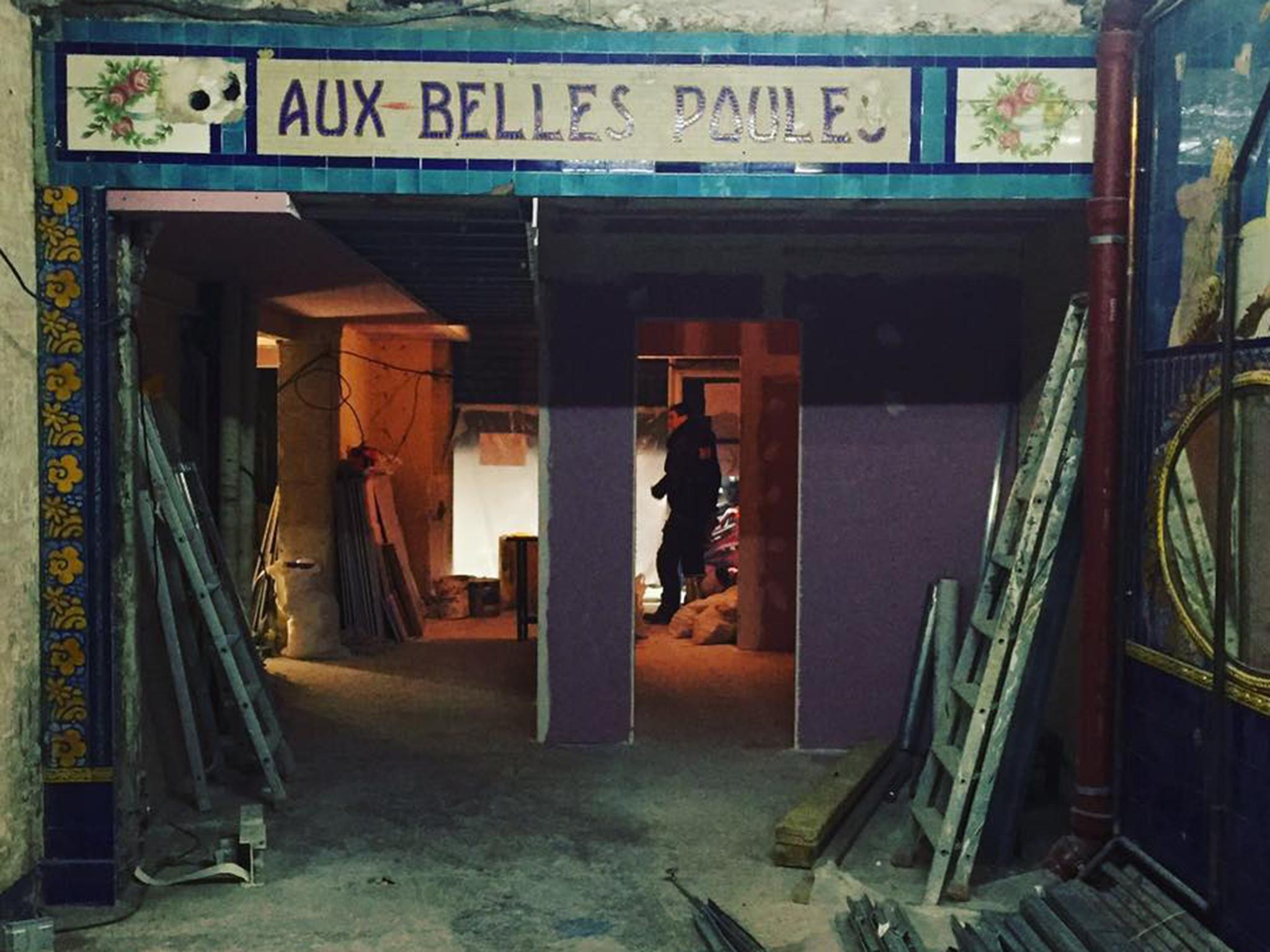
“People have a bad image of us,” says Nanou, who is wearing knee-length black boots despite the warm day. “But, we’re normal. We have a job. We’re not drug addicts. We try to raise our children. So, maybe it will give people another image.”
The tussle among the officials charged with historic preservation in the late 1990s, and the protests that followed Aux Belles Poules’ official designation, speak to the uneasiness this buried past provokes, long after all the brothels were closed after World War II.
“Certainly, we’re not claiming this decor is an immortal masterpiece,” wrote Francois Macé de Lépinay, the conservator-general and inspector of historic monuments of Paris, in 1996.
“But the design is ample, vigorous, extremely modern in its vivid colors that are applied ‘flat’,” he wrote. “All this is far from being negligible and in my opinion shows a sense of humour.”
Grinning fauns, satyrs and nymphs parade nonchalantly alongside the frieze’s Belle Époque ladies, all in various stages of diaphanous undress. Helpfully nudging the customer along are interspersed Champagne bottles and grape bunches.
Macé’s arguments won the day. The effect, as one art historian has noted, “is like one of the Bacchic scenes from a villa at Pompeii”.
Aux Belles Poules opened in 1921, in the burst of loosening morals that followed the dark years of World War I. In its heyday, by 1939, a police inspection report said that 31 women worked there, with the inspector primly noting that the madame had tried to conceal the number of rooms in operation: a strict no-no.
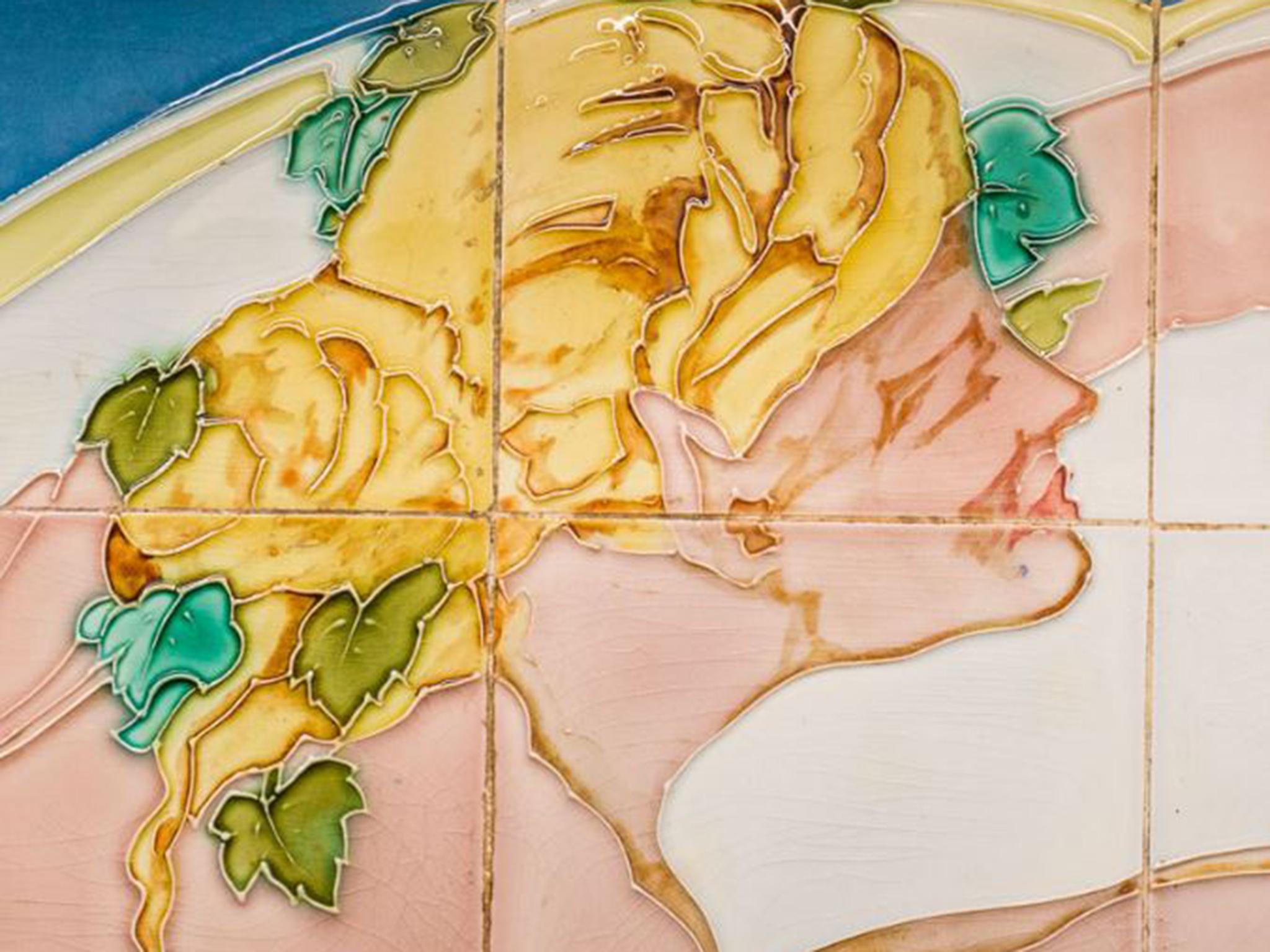
The brothel opened at three o’ clock in the afternoon and closed at four in the morning; the police noted that the women averaged two sex acts per day on weekdays and three on Sunday, and there was a single price for all, soldiers and civilians.
A business card from its prime boasts “English spoken” and a bar Americain and depicts a joyous, scantily clad lady astride a rooster, and holding a cocktail glass.
The reality would have been different. No direct testimony of life inside the Belles Poules survives. But it could not have been pleasant.
“Without money, without autonomy, deprived of close relationships, deprived of the use of their own bodies, the bordello girls lived a state of moral and psychological deprivation,” wrote Laure Adler in her history of the French brothel, Les Maisons Closes, 1830-1930.
The old photographs from other Paris brothels are revealing.
“In these photographs, behind the different images of ‘the prostitute’, behind the makeup and the mascara, beneath the ringlets and the blond hairdos, often appeared a distant, absent look, of a heartbreaking naiveté, revealing all the distress of their condition,” wrote the architect Paul Teyssier in his study of the architecture of the Parisian brothels, Maisons Closes Parisiennes.
Their world was swept away by the war. The Germans made plentiful use of this semi-hidden network, reserving the fanciest brothels for themselves. “Frenchmen, civilians and Jews strictly forbidden,” reads the business card for Chez Arlette, in German.
Some brothels hid Jews – Teyssier reproduces a letter of denunciation to the French police noting the illegal presence of a Jew – but the luxurious ones were only too happy to take the Germans’ money.
At France’s Liberation in 1946 a wave of indignation shut them all down. Aux Belles Poules was requisitioned for desperately needed student housing. Madame Ucello, the proprietor, refused to leave, long after most of the others had been shuttered.
“The owner is refusing to turn over the building,” an exasperated police inspector wrote. The students demonstrated outside to have the brothel closed, and they finally won the day.
“They seem not to be maintaining relationships with the prostitutes plying their charms in the Rue Blondel,” the inspector noted with prim satisfaction on 19 November 1948.
© New York Times
Join our commenting forum
Join thought-provoking conversations, follow other Independent readers and see their replies
Comments